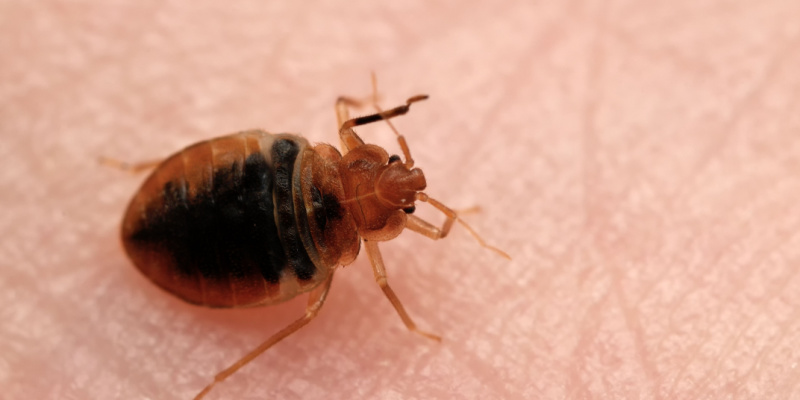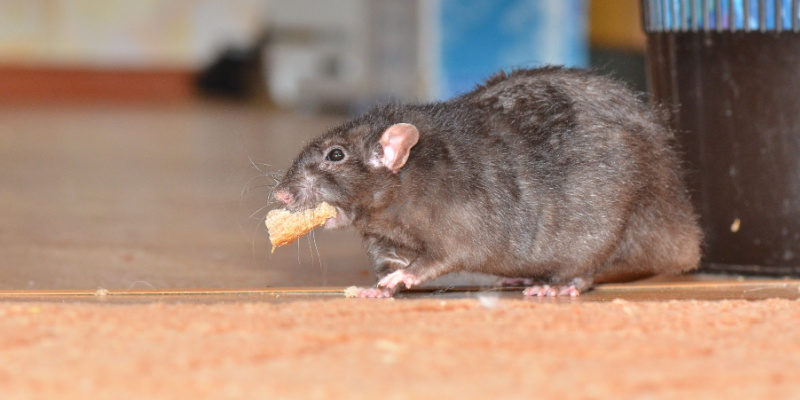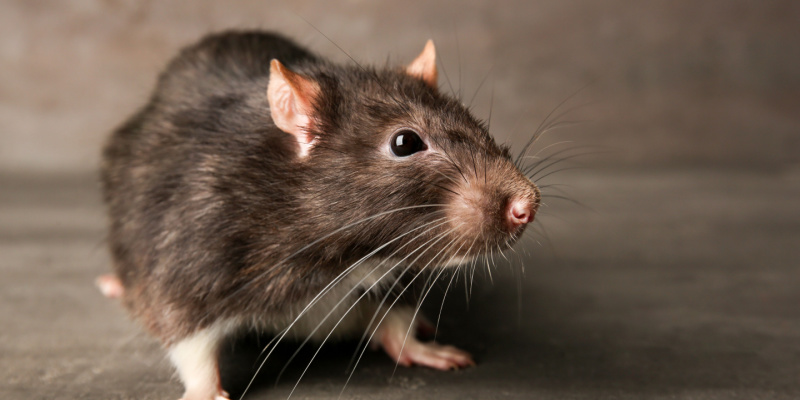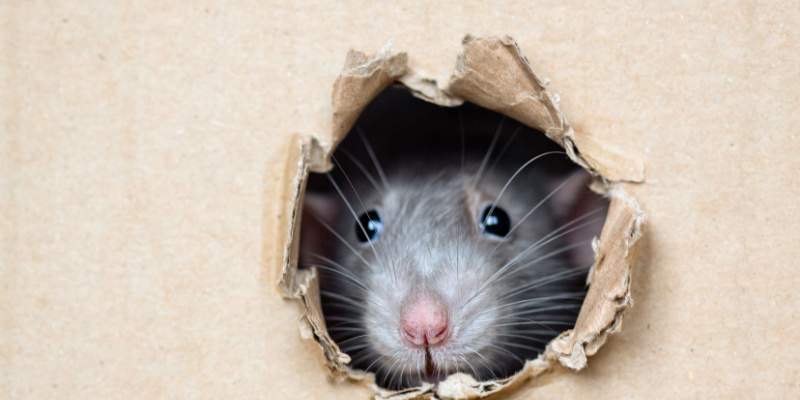When it comes to unwelcome guests, a few pests ruffle as many feathers as bed bugs. Their resilience, stealth, and rapid reproduction can turn a minor issue into a major infestation in a short span. Indianapolis homeowners have long grappled with traditional methods to eliminate these pests, but there’s a revolutionary solution gaining traction: bed bug heat treatment. Let’s delve into why this method is becoming the preferred choice for many in the Circle City.
Understanding Bed Bugs
Before delving into the heat treatment, it’s essential to understand the enemy. Bed bugs are tiny, reddish-brown insects that thrive on the blood of humans and animals. Their size and nocturnal habits make them excellent at evading detection, often hiding in mattresses, furniture crevices, and even wall cracks.
The Bed Bug Heat Treatment: How It Works
Heat treatment, as the name suggests, employs high temperatures to exterminate bed bugs at all life stages—from eggs to adults. Here’s a basic rundown:
- Preparation: Before the treatment, homeowners might be asked to prepare the area. This could involve decluttering and ensuring easy access to infested zones.
- Raising the Temperature: Specialized equipment is used to gradually raise the room’s temperature. Typically, the temperature is set between 135°F (57°C) and 145°F (62°C).
- Sustained Heat: This high temperature is maintained for several hours. The prolonged exposure ensures that even the most secluded bugs and their eggs are eliminated.
- Monitoring: Throughout the process, professionals will monitor temperature levels using sensors to ensure uniform heat distribution, ensuring no bug has a place to hide.
Why Heat Treatment Stands Out
- Comprehensive Elimination: Unlike pesticides that might not penetrate every hiding spot, heat permeates every corner, crack, and crevice, ensuring total extermination.
- Eco-Friendly: No chemicals are used, making it an environmentally friendly solution that’s also safe for pets and family members.
- Immediate Results: One session is often enough to tackle the problem, unlike other methods that might require multiple applications or treatments.
- Reduced Preparation: Traditional methods might require extensive prep, like emptying wardrobes or laundering all fabrics. With heat treatment, such extensive measures are often unnecessary.
Why Indianapolis Homeowners Are Opting for Heat Treatment
The resurgence of bed bugs in urban areas, including Indianapolis, has homeowners on high alert. The city’s vibrant cultural scene, bustling tourism, and frequent travel make it a hotspot for these pests. As such, quick and efficient solutions are in high demand.
Heat treatments offer Indianapolis residents a rapid solution with minimal disruption. Given the city’s dense housing and the risk of bed bugs spreading from one unit to another, the comprehensive nature of heat treatment offers peace of mind to homeowners and landlords alike.
Choosing a Professional Service
While the concept of heat treatment might seem straightforward, it’s a task best left to professionals. Here’s why:
- Safety: Professionals ensure that temperatures remain within a safe range to prevent damage to household items.
- Efficiency: With their expertise, professionals can target the infestation zones accurately, ensuring all bed bugs are exterminated.
- Equipment: Professional services use industrial-grade heaters and sensors, guaranteeing thorough treatment.
For those in Indianapolis, opting for a local pest control company familiar with the city’s unique challenges is crucial. They’ll provide insights tailored to local conditions, ensuring optimal results.
Bed bug infestations can be a daunting challenge, but advancements like heat treatment offer a beacon of hope. For Indianapolis homeowners and landlords seeking an efficient, eco-friendly, and comprehensive solution, heat treatment stands out as a game-changer. Always trust a local expert to guide you through the process, ensuring your home reverts to being the cozy, bug-free sanctuary it’s meant to be.




